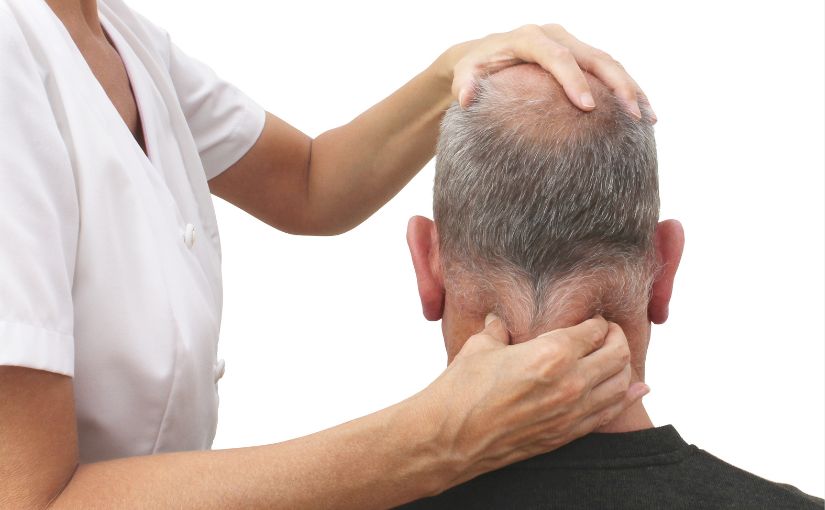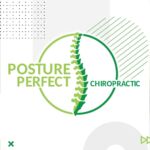
According to the World Health Organization (WHO), headaches are some of the most common nervous system disorders worldwide, affecting 40% of the global population. They are among the top three most common neurological conditions for most age groups (5 to 80). Not only are headaches painful, they are also disabling. Per Global Estimates 2019, headache disorders were the third-highest cause of disability-adjusted life years (DALYs). Next to stroke and dementia.
All is not lost for individuals who are affected by the said condition. They can turn to chiropractic therapy to alleviate their symptoms. Read on to find out how the said holistic approach can address headache disorders.
Lifestyle factors for headache disorders
Before anything else, let us take a look at the lifestyle factors that contribute to headache disorders.
Stress
Stress-induced headaches, also known in the medical field as tension headaches, usually manifest as a constant or dull aches around the head. A lot of times in the back of the head and neck. They often lead to a combination of factors that include muscle tension, workplace ergonomics, and emotional stress, among others. The pain and discomfort can range from mild to moderate. Plus, they can last from 30 minutes to several days.
Poor posture
Headaches that are caused by poor posture are concerns that chiropractic medicine practitioners address on a regular manner via a thorough treatment approach. They usually develop when poor posture, particularly “text neck,” a repetitive stress injury that takes place when the neck is bent forward to look at a smartphone, tablet, or computer. It puts inappropriate amounts of strain on the neck muscles.
A lot of times, the said condition is intensified by extended desk work that may result in muscle imbalances that progress over time.
Lack of sleep
Lack of sleep has a negative impact on the production of key neurotransmitters as well as stress hormones. If not addressed, it may lead to increased muscle tension and pain sensitivity. It should be noted that the link between headaches and sleep is bidirectional. This means that sleep deprivation can cause headaches and make it a challenge to sleep, creating a cycle that is difficult to break.
Research suggests that those who consistently get less than six hours of sleep per night are more likely to develop headaches. Furthermore, sleep-related headaches are often accompanied by persistent pain, tension in the temples, neck stiffness, and the like. Pain and discomfort may worsen throughout the day, making it difficult to concentrate and function.
Understanding the Chiropractic Care for Headache Disorders
Chiropractic therapy pays attention to the relationship between the spine, nervous system, and overall well-being. The primary focus is on identifying and addressing musculoskeletal issues that may lead to the development of headache symptoms, particularly in the cervical spine or neck region.
The foundation of chiro treatment suggests that subluxations or misalignments in the spine can irritate the nerves as well as the muscles. This potentially triggers or exacerbates headaches. Through a range of hands-on techniques and therapeutic methods, chiropractic medicine practitioners work to improve alignment and function in the neck region. In line with this, a number of the said techniques are proven to ease headache disorders (chronic headaches and migraines). This is done by realigning the spine, taking pressure off the nerves, and widening the blood vessels.
Some of the most notable chiro techniques that are used to achieve the said benefits are as follows:
Soft tissue release
This is a manual technique that utilizes deep tissue pressure and stretching in an effort to loosen up tensed muscle tissues and improve fluid circulation in the tissues. If performed in the neck and shoulder region, it can relax the muscles that cause headache disorders and the throbbing pain that it brings.
Myofascial release
Also known as trigger point therapy, myofascial release is a gentle and soothing massage that aims to stretch the fascia, or a thin casing of connective tissue. The said tissue holds every organ, nerve fiber, blood vessel, and muscle in place. When the said release technique is performed, it can get rid of the tightness as well as sensitivity that can cause headaches. Additionally, stress, overuse injuries, trauma, and poor posture, among others, cause fascia restriction.
Spinal manipulation therapy
Spinal manipulation therapy, especially if coupled with multimodal multidisciplinary intervention that includes massage, are performed by chiropractors to headache patients. Particularly those with chronic or acute migraines.
Spinal mobilization
When it comes to headache treatment, spinal mobilization is a gentler alternative to conventional high-velocity spinal adjustments. Throughout this technique, chiropractic therapy is performed through controlled movements that are specifically designed to enhance spinal mobility. At the same time, it reduces muscle tension, a known trigger of headaches.
Other benefits of chiropractic care
Reduced reliance on medication
Individuals who suffer from chronic headaches usually rely on pain relievers and opioids to manage their pain and discomfort. This is where chiropractic therapy comes in handy. It can drastically reduce the need to take excessive drugs.
Many people who suffer from chronic headaches and migraines rely heavily on medication to manage their symptoms. The said holistic approach can help reduce the need for medication by addressing the underlying causes of the headaches. This potentially leads to a decrease in medication usage and its associated side effects.
Less headache
According to a study published in Pub Med Central, chiropractic care is a promising integrative medicine treatment that can address headache disorders. It mentioned that if done by a licensed doctor of chiro and safety monitoring is in place, it can significantly reduce the headache frequency. In the process, have a positive impact on quality of life, psychosocial well-being, and so forth.
The effects of the said holistic approach can be heightened if it is complemented by soft-tissue manipulation, doctor-approved workouts, and lifestyle advice. The good news is all these are usually included in standard chiropractic treatment.
Improved posture and mobility
Chiropractic can improve mobility and posture. It can manage headache disorders by means of different mechanisms. The mentioned holistic approach can restore proper alignment as well as mobility. This can help cut down restrictions on joint movement and boost the overall range of motion.
When joints move effectively as well as efficiently, the surrounding muscles can function at a high level. Such benefits can reduce muscle tension, particularly in the neck area, and this lessens the occurrence of headaches.
Improved overall health and well-being
Chiro treatment can enhance overall well-being and consequently reduce the risk of headaches. This is possible by addressing the basic factors of spinal health. Through spinal adjustments, chiropractors can enhance nerve function, particularly in the neck as well as upper back regions. This, in turn, can tap the body’s natural healing mechanisms.
Treat Headaches and Other Conditions with Posture Perfect Chiropractic
Chiropractors take a comprehensive approach to treating stress headaches, focusing on both immediate relief and long-term prevention. Rather than simply masking symptoms, chiropractic therapy aims to address the underlying mechanical and structural issues that may contribute to headache development.
When treating these headaches, chiropractors begin with a thorough assessment of head and neck position, spinal alignment, and muscle function while also evaluating daily habits and workspace setup that might contribute to the problem.Don’t let chronic headaches control your life. Schedule an appointment with Posture Perfect Chiropractic today and experience the natural relief you deserve. Call us now or visit our website to book your consultation!
Frequently Asked Questions
A skilled and experienced doctor of chiropractic can help relieve headaches by means of spinal manipulation, manual therapies, chiropractic massage, and other similar methods.
Accumulated tension on the neck and shoulders can cause head pressure, which, in turn, can lead to headaches. Chiropractic doctors can perform spinal adjustments and manipulation to address the underlying issues that cause the said condition. The best part? With regular treatment, chiropractic therapy can also prevent future occurrences.
Spinal adjustments can have a positive influence on neuroplasticity. It’s the brain’s unique capacity to spark new stimulating connections and adapt to how it functions.









